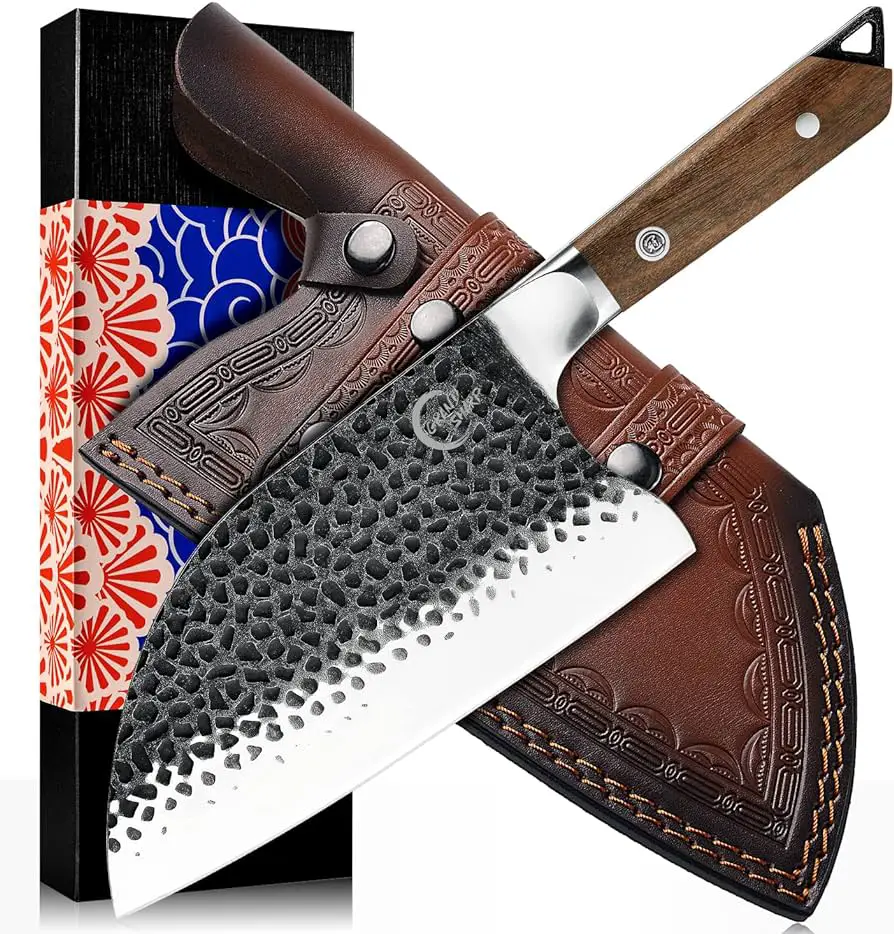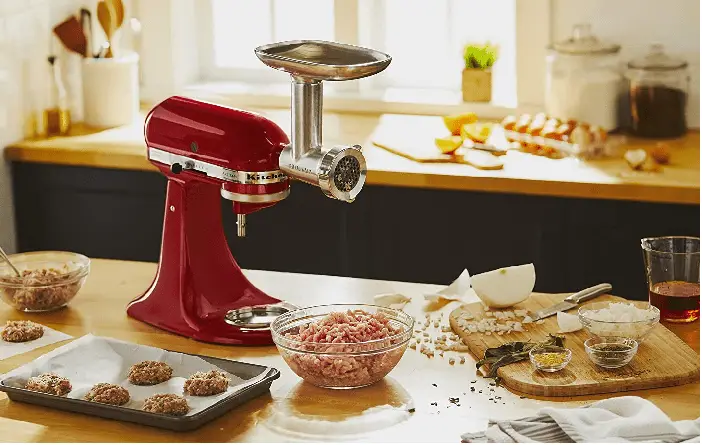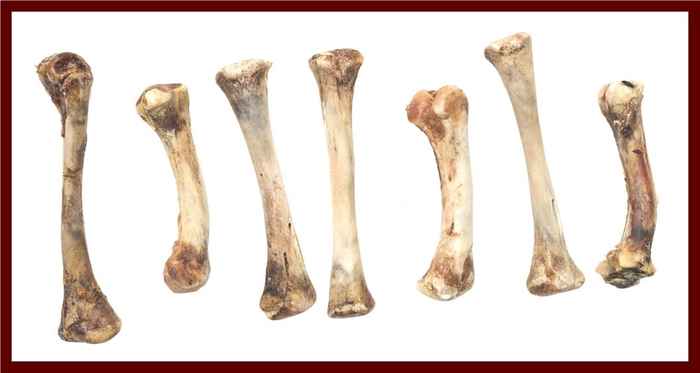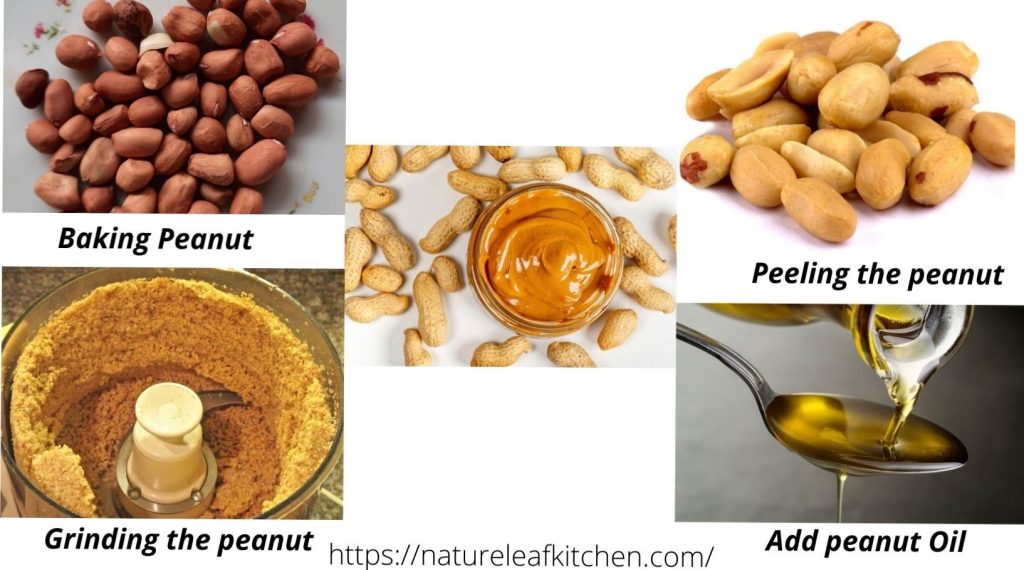Yes, meat grinder blades can get dull. Regular use and time contribute to blade dullness.
Grinding meat is an essential kitchen task for many cooks and food enthusiasts. Sharp blades ensure efficiency and a smooth grinding process, maintaining the quality of ground meat. Over time and with repeated use, meat grinder blades can lose their edge, impacting the machine’s performance and the texture of the ground product.
Proper care, regular maintenance, and timely sharpening can extend a meat grinder blade’s lifespan. Users must recognize the signs of wear and take appropriate steps to restore the blade’s sharpness. This not only helps in achieving the desired consistency in ground meat but also enhances the overall safety and functionality of the meat grinder.
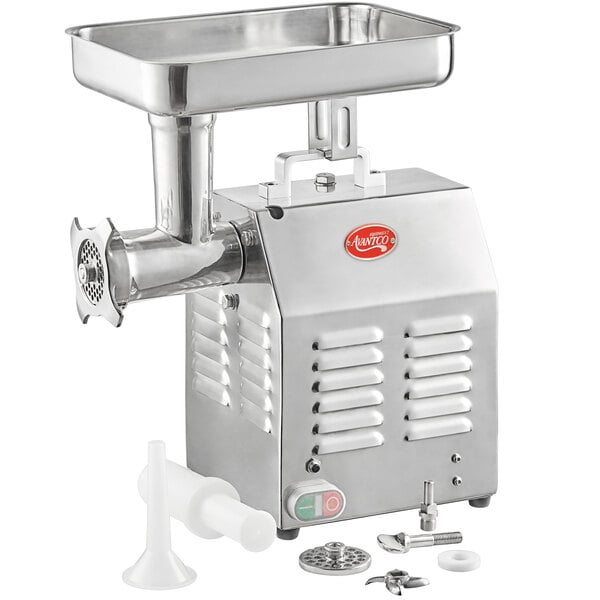
Credit: www.webstaurantstore.com
Do Meat Grinder Blades Lose Their Edge?
Using a meat grinder ensures fresh, finely ground meat for delicious burgers, sausages, and more. But frequent users may wonder, do the blades lose their edge over time? The answer is yes. Meat grinder blades can dull. Like any cutting tool, they endure wear and tear. To maintain performance, understanding what leads to dullness and recognizing the signs of a blade needing attention is essential.
Factors Leading To Blade Dullness
Several factors contribute to the dulling of meat grinder blades:
- Type of meat: Fatty or sinewy meats can strain blades more than lean cuts.
- Bone fragments: Accidentally grinding bones can quickly blunt the edges.
- Usage frequency: The more often you use the grinder, the faster blades can dull.
- Cleaning methods: Improper cleaning can cause rust and corrosion, damaging the blades.
- Storage conditions: Storing without protection may lead to edge degradation due to moisture and contact.
Knowing these factors helps in taking proactive steps to prolong blade sharpness.
Signs Of Wear And Tear On Blades
Spotting a dull blade is crucial for keeping your grinder in top shape. Here are signs to look out for:
- Meat texture: If ground meat appears unevenly shredded or mushy, the blade may be dull.
- Grinding difficulty: A sudden need for more force while grinding indicates blade dullness.
- Visual inspection: Visible nicks or a less shiny edge are clear indicators of wear.
- Increased noise: A change in the grinder’s sound could be due to struggling blades.
Regular checks will ensure timely recognition of any wear, maintaining smooth operation.
Keeping meat grinder blades sharp ensures efficiency and quality in your ground meat preparations. By being aware of what causes blades to dull and recognizing the signs of wear, you can keep your grinder functioning like new for longer.
The Impact Of Dull Blades On Grinding
The Impact of Dull Blades on Grinding is not to be underestimated when it comes to meat preparation. Sharp blades are the heart of a meat grinder, affecting every aspect of the grinding process from texture to efficiency. Over time, blades can lose their edge due to constant use and become dull. This change has several consequences for the meat grinding process, which we will explore below.
Quality Of Ground Meat
Dull blades affect the final output of ground meat significantly. Instead of cutting cleanly through meat, dull blades tear and shred. This action compromises the meat’s texture and appearance. Let’s break down the impact:
- Texture: Meat ground with dull blades often results in an inconsistent texture that can affect cooking and taste.
- Fat distribution: Even fat distribution is crucial for flavor. Dull blades may fail to integrate fat evenly through the meat.
- Overall quality: Premium cuts of meat can lose their appeal when ground with a dull blade due to poor texture and appearance.
Efficiency And Power Consumption
Efficiency in meat grinding isn’t just about speed; it also involves the amount of power consumed by the grinder. Sharp blades work quickly and require less power. With dull blades, however:
- The grinder works harder and longer to achieve the same result.
- This increased effort leads to higher electricity consumption.
- Meat grinding sessions may take much longer, affecting kitchen productivity.
Strain On The Meat Grinder
Dull blades don’t just affect the meat and your bills; they also put extra strain on the meat grinder itself. Excessive wear and tear can come from:
| Issue | Effect |
|---|---|
| Overworking the motor | Leads to potential motor burnout and costly repairs. |
| Increased pressure | Components wear out faster, necessitating replacements. |
| Heat generation | Friction from dull blades generates heat, risking damage to both meat and machine. |
Maintaining Sharpness: Tips And Tricks
Meat grinder blades are essential for cutting through tough meat. Like any blade, they can get dull over time. Dull blades tear meat instead of cutting it cleanly. This affects the texture and quality of the grind. A sharp grinder blade is crucial for an efficient and smooth operation. The following tips and tricks will help maintain the sharpness of your meat grinder blades.
Regular Cleaning And Maintenance
Keeping your meat grinder blades in top condition starts with regular cleaning and maintenance. After each use, disassemble the grinder and remove any meat residue from the blades.
- Disassemble: Take apart your grinder carefully.
- Wash: Clean all pieces with warm, soapy water.
- Dry: Completely dry components to prevent rust.
- Inspect: Check for damage or dullness.
- Store: Place components in a dry area.
Consistent upkeep ensures long-lasting sharpness for your blades.
Professional Sharpening Techniques
A professional knife sharpener can restore your blades to their original condition. These experts use specialized equipment to sharpen blades precisely. They also align the edges for optimal performance.
| Professional Service | Benefits |
|---|---|
| Expert Assessment | Identify specific issues with blades |
| Precision Sharpening | Ensures even and accurate edge restoration |
| Performance Testing | Confirms the effectiveness of the sharpening process |
Seeking professional sharpening periodically is a smart investment.
Self-sharpening Methods
You can also sharpen meat grinder blades at home using a few simple tools. A sharpening stone or a honing rod are good choices for manual sharpening.
- Sharpening Stone: Lay the blade flat and use gentle pressure.
- Honing Rod: Slide the blade edge along the rod at the correct angle.
- Sandpaper: Suitable for minor sharpening needs.
- Regular Checks: Test the blade sharpness on scrap paper.
With practice, self-sharpening empowers you to maintain your blades anytime.
Choosing The Right Blades For Longevity
Home cooks and professionals know that a well-functioning meat grinder is critical. Sharp blades are the heart of any meat grinder.
Choosing the right blades extends the life of your grinder and ensures the quality of your minced meats. Understanding what keeps blades sharp and durable is key.
Material Considerations
The build of the blades dictates longevity and performance. High-quality materials resist dulling and corrosion.
- Stainless steel stands out for its resistance to rust and easy maintenance.
- Carbon steel blades are sharp but need more frequent care to prevent rust.
- Ceramic is an alternative, offering a sharp edge with minimal maintenance, but less durable against impacts.
Blade Design And Meat Types
Not all meat types require the same blade design. Match blade design to meat for optimal results.
| Blade Type | Meat Type |
|---|---|
| Fine Edge | Lean meats and spreadable textures |
| Coarse Edge | Tougher cuts and coarse grinds |
Recognizing Quality In Replacement Blades
Good replacement blades maintain sharpness longer. Look for indicators of quality before buying.
- Brand Reputation: Well-known brands often guarantee better quality and longevity.
- User Reviews: Other user experiences can guide to the best products.
- Warranty: Manufacturers confident in their blades may offer a warranty.
When To Replace Vs. Sharpen
Anyone who regularly uses a meat grinder knows the importance of sharp blades. A well-maintained blade ensures efficient cutting and safety during use. The dilemma often arises about whether to replace or sharpen grinder blades. Assessing their condition, considering costs and benefits, and understanding safety implications guide this decision.
Assessing The Condition Of Blades
- Check for visible dullness by examining the blade’s edges.
- Notice the performance: struggle and inconsistency suggest dullness.
- Feel the edge with care – it should be smooth and sharp to the touch.
Blades showing signs of wear require attention, either through sharpening or replacing.
Cost-benefit Analysis
| Action | Cost | Benefit |
|---|---|---|
| Sharpen | Lower | Extended blade life |
| Replace | Higher | New, optimal performance |
Conducting a cost-benefit analysis helps determine the most economical choice. Sharpening saves money and prolongs blade life. Replacement involves higher costs but restores original efficiency.
Safety Considerations In Blade Maintenance
- Ensure the grinder’s power is disconnected before inspecting.
- Wear protective gloves to prevent cuts.
- Professional sharpening minimizes injury risk.
Regular maintenance keeps blades in safe working condition. Neglected blades can become hazardous. Proper care includes sharpening or replacing since people’s safety is paramount.

Credit: www.amazon.com
Enhancing Kitchen Efficiency With Sharp Blades
Enhancing kitchen efficiency starts with the tools we utilize. A meat grinder is paramount for many culinary enthusiasts and professionals. Sharp blades are critical to maintaining performance and productivity. But do meat grinder blades get dull? Indeed, they do. The need for regular maintenance and care cannot be overstressed. Let’s delve into how sharp blades can elevate your kitchen productivity.
Time Savings With Effective Equipment
A meat grinder equipped with sharp blades works faster. It reduces preparation time significantly. Dull blades, on the other hand, strain the motor and slow down the process. With well-maintained equipment, tasks that once took hours can be completed in minutes.
Consistency In Meat Texture
Uniform meat texture is essential for cooking. Sharp blades ensure that meat grinds evenly, maintaining its quality. Uneven grinding leads to an inconsistent cook and can affect the taste. Expert chefs know that precise cuts are the secret to perfect dishes.
Preventative Measures For Blade Care
Blade maintenance is key to longevity. Below are simple steps to ensure your blades stay sharp:
- Clean blades after each use to prevent residue build-up.
- Dry thoroughly to avoid rust.
- Use oil on the blades to protect them from corrosion.
- Sharpen regularly to keep them at peak performance.
Implementing these measures will spare you from the frequent need to replace blades and save on costs in the long term.

Credit: www.nytimes.com
Frequently Asked Questions On Do Meat Grinder Blades Get Dull?
Do Meat Grinder Blades Need To Be Sharpened?
Yes, meat grinder blades require sharpening to maintain efficiency and ensure a clean cut of meat. Regular sharpening extends blade life and enhances grinder performance.
How Do You Maintain A Meat Grinder?
Clean your meat grinder after each use. Dismantle and wash parts in warm soapy water. Dry thoroughly to prevent rust. Lubricate moving parts occasionally. Store in a dry place.
Why Put Meat Grinder In Freezer?
Putting a meat grinder in the freezer reduces heat buildup, ensuring the fat in the meat doesn’t melt. This results in a cleaner grind with better texture.
How Do You Sharpen A Kitchen Aid Meat Grinder Blade?
To sharpen a KitchenAid meat grinder blade: Dismantle the blade, and run it against a sharpening stone, maintaining the original angle. Use gentle, consistent pressure, then hone with a finer stone for a smooth edge. Reassemble your grinder after cleaning all parts thoroughly.
Conclusion
Meat grinder blades can indeed lose their sharpness over time, affecting their performance. Regular maintenance and proper use are key to prolonging their edge. When necessary, sharpen or replace the blades to ensure your grinder works effectively. Remember, a sharp blade means efficient and safe meat processing every time.
Keep grinding smoothly!
